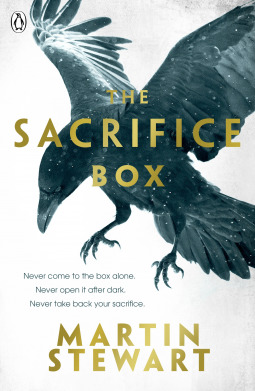A classic is considered to be a work of art that over a period of time can still be considered of the highest quality in its field. While classic literature is by no means everyone's cup of tea, we can learn a lot from the writing styles and thematic choices authors made in the past. While books today might be considered more kid and user-friendly, due to the high action and at times more approachable vocabulary, the classics are a work of art. When these books were first written, authors were the most highly educated of the masses and as such their novels, became something made for the higher class or elites. While these books are still somewhat written for the highly educated, here are a few of my must-reads for anyone interested in this genre of text.
"Don Quixote is a middle-aged gentleman from the region of La Mancha in central Spain. Obsessed with the chivalrous ideals touted in books he has read, he decides to take up his lance and sword to defend the helpless and destroy the wicked."
"Although convinced that she herself will never marry, Emma Woodhouse, a precocious twenty-year-old resident of the village of Highbury, imagines herself to be naturally gifted in conjuring love matches. After self-declared success at matchmaking between her governess and Mr. Weston, a village widower, Emma takes it upon herself to find an eligible match for her new friend, Harriet Smith."
"Guy Montag is a fireman. In his world, where television rules and literature is on the brink of extinction, firemen start fires rather than put them out. His job is to destroy the most illegal of commodities, the printed book, along with the houses in which they are hidden.
Montag never questions the destruction and ruin his actions produce, returning each day to his bland life and wife, Mildred, who spends all day with her television “family.” But then he meets an eccentric young neighbor, Clarisse, who introduces him to a past where people didn’t live in fear and to a present where one sees the world through the ideas in books instead of the mindless chatter of television.
When Mildred attempts suicide and Clarisse suddenly disappears, Montag begins to question everything he has ever known. He starts hiding books in his home, and when his pilfering is discovered, the fireman has to run for his life."
"The story of the mysteriously wealthy Jay Gatsby and his love for the beautiful Daisy Buchanan, of lavish parties on Long Island at a time when The New York Times noted “gin was the national drink and sex the national obsession,” it is an exquisitely crafted tale of America in the 1920s."
"The Grimms' Fairy Tales, originally known as the Children's and Household Tales, is a collection of fairy tales by the Grimm brothers or "Brothers Grimm", Jakob and Wilhelm, first published on 20 December 1812. The first edition contained 86 stories, and by the seventh edition in 1857, had 211 unique fairy tales"
![Don Quixote by [Cervantes, Miguel de]](https://images-na.ssl-images-amazon.com/images/I/41GjB-dATXL.jpg)
![Jane Austen by [Jane Austen]](https://images-na.ssl-images-amazon.com/images/I/51qYCtaXt8L.jpg)
![Fahrenheit 451: A Novel by [Bradbury, Ray]](https://images-na.ssl-images-amazon.com/images/I/51VsfbzlU%2BL.jpg)
![The Great Gatsby by [Fitzgerald, F. Scott]](https://images-na.ssl-images-amazon.com/images/I/51vv75oglyL.jpg)
![GRIMM'S FAIRY TALES (non illustrated) by [Grimm, Jacob, Grimm, Wilhelm]](https://images-na.ssl-images-amazon.com/images/I/51sT47HtaJL.jpg)



![Icebound: A Novel by [Koontz, Dean]](https://images-na.ssl-images-amazon.com/images/I/51SCO%2BxSUrL.jpg)


![The Devouring by [Holt, Simon]](https://images-na.ssl-images-amazon.com/images/I/51biCAU1W6L.jpg)



![At Swim, Two Boys by [O'Neill, Jamie]](https://images-na.ssl-images-amazon.com/images/I/51013HSALxL.jpg)

